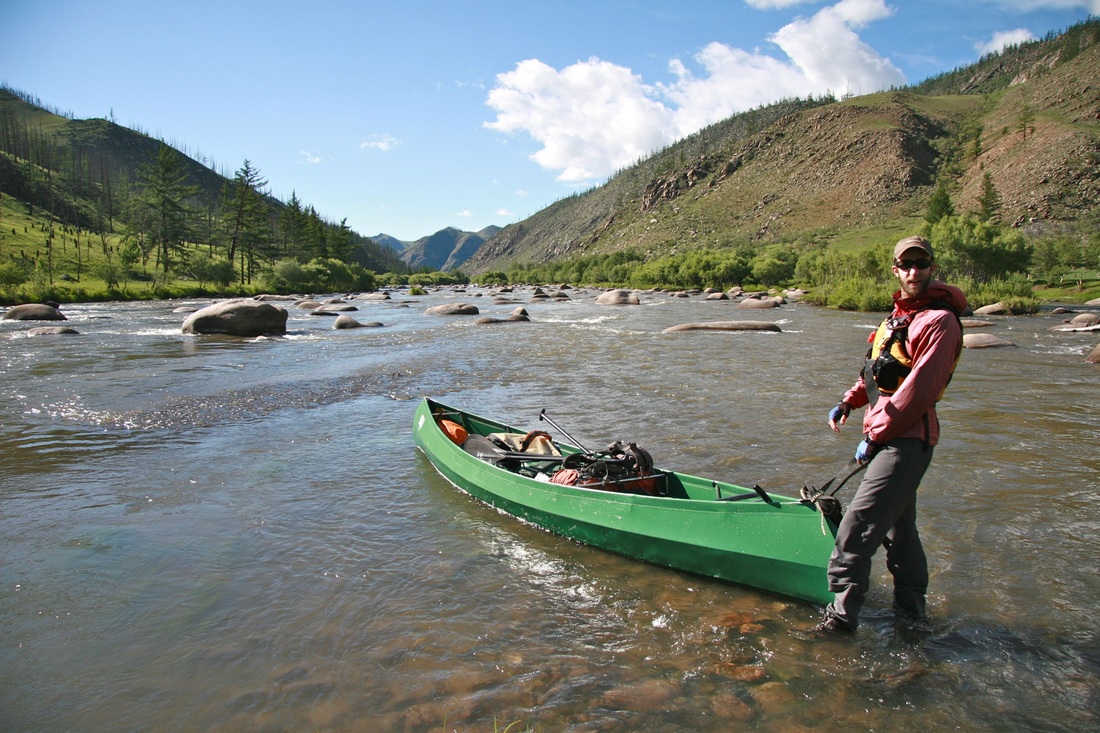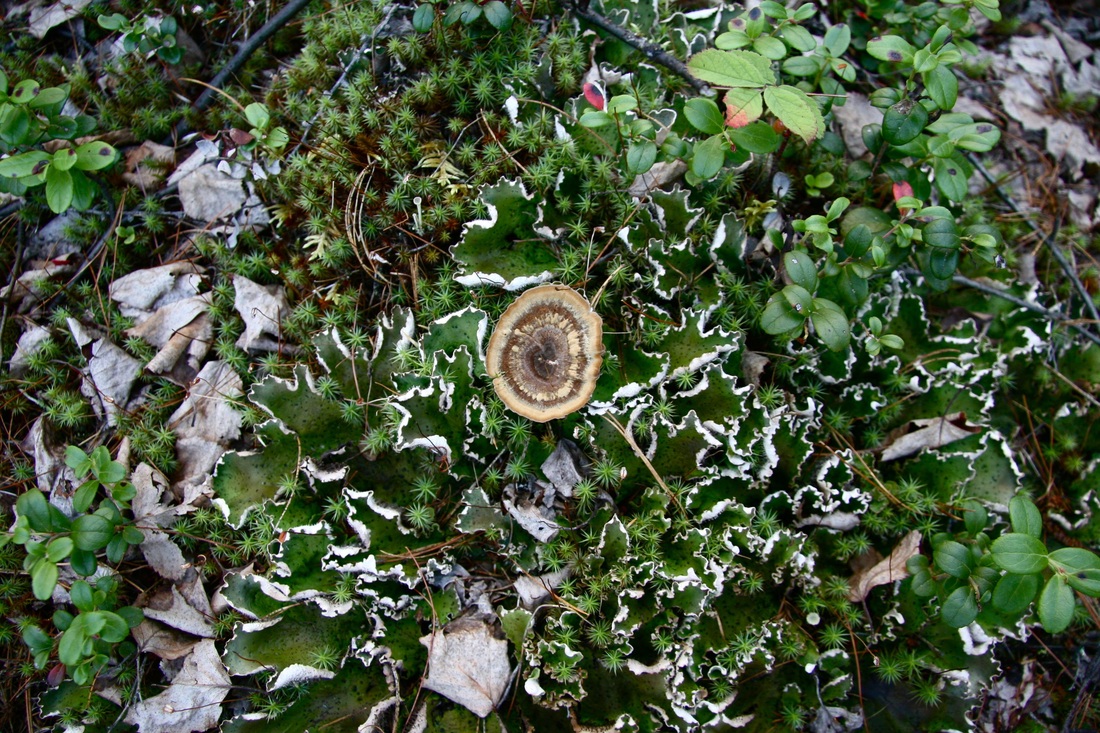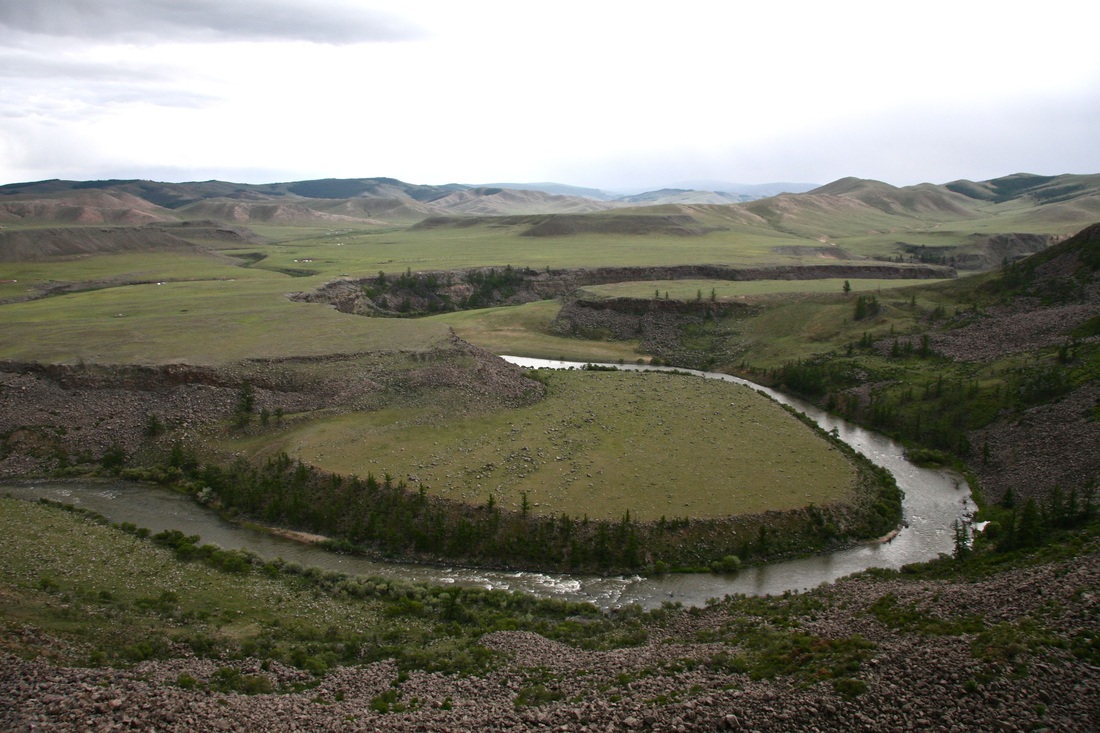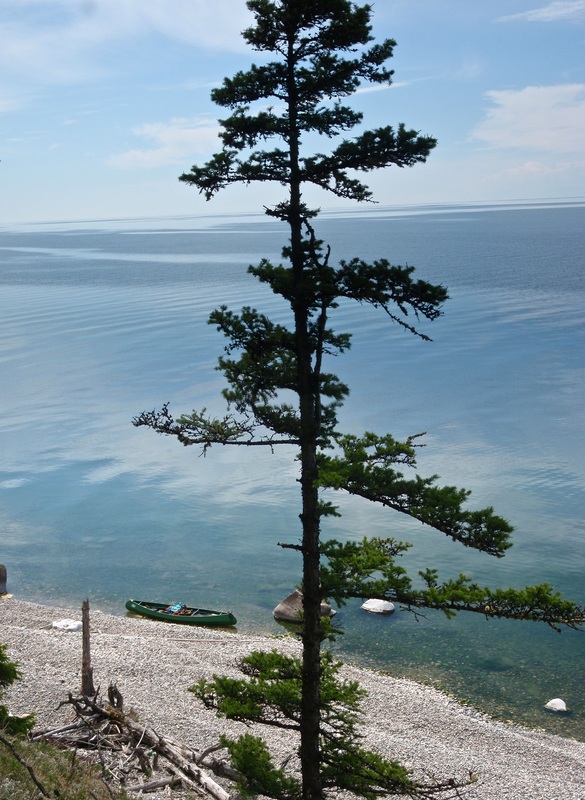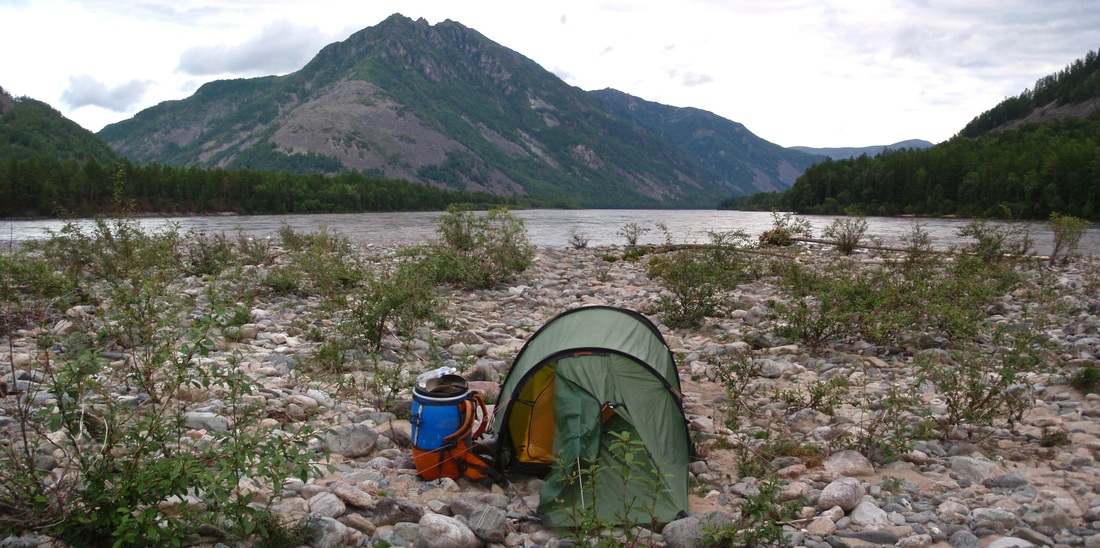Zand, the Elusive White Worm and the Success In Failure
Alexander “Zand” Martin is a teacher, writer, and explorer. He is a senior instructor and program supervisor at the National Outdoor Leadership School and just finished a 408-day, 20,000 km personal expedition around the world. For the last leg of that trip – a canoe traverse of Mongolia, Siberia, and the Russian Far East – he teamed with ASC on our high alpine lichen project.
From Zand:
We didn’t find what we were looking for. Heads down, nose flirting with flowers and grasses, hands sinking in sphagnum, we crawled about the taiga floor in wonder at the Lilliputian world at ground level. It is easy to miss, operating six feet up, and easier to pass by with motion blurring the Seurat-scape of color and texture underfoot. So, we resorted to toddlerhood and crawled, taking care not to drag or put too much pressure on anything too beautiful to withstand it.
In the largest forest on earth, we concentrated on its smallest visible denizens. Alien structures sprouted from rock and tree, lichens building on each other and clamoring for air and sun with resultant spongy masses that sparkle with dew in the morning and glitter gilded in the low angle light of late afternoon. Compressed mats of life trace a vertical story of decomposition, with the surface birth degrading down. In this chaotic panorama of subarctic life, we seek the whiteworm lichen. But
Thamnolia vermincularis eludes us again.
To make our route, we have to go as fast as we can. This land is too big to go slow. We are paddling across Mongolia and Siberia, places known at home only for their enormity and harshness, and autumn will arrive before we reach the ocean if we don’t move twelve or fourteen hours a day, week after week. To add to camp chores, we were hunting lichen for a project that is attempting to sequence thamnolia to build a phylogeography of the species. On Lake Baikal, the sacred sea of Russian identity, we pulled into shore each day with food and sleep our focus. As dinner is readied, we remember our responsibilities and one of us steps through the barrier and is lost in a reverie of fragrance and pigmentation.
Baikal is the largest lake by volume on Earth, and if emptied, could take the outflow of every river in the world for a year and still not be full. Microscopic shrimp-like zooplankton eat every input, leaving nothing but shockingly clear water, at least in the northern part of the lake. Baikal was frozen the last week of June, and the water was still only around 40 degrees in July. From frigid wave to a polished rhyolitic littoral, one steps up into the taiga, through the barrier from wind, ice, and wave-scoured shore to the damp, staid intricacies of the northern boreal. Each toddler lunge doubled the fragrance in the air.
This is science. Each day, for week after week, from the steppes of Mongolia to the taiga of Siberia, we depart the world of water and cross the riparian to search for the worm lichen, but we find none. This too is science. It is not middle-school, coddled assurance in the lab, but a real world of potential failure. Even in Russia’s Far East, a land of plants tropical and arctic, of tigers taking down moose and Tibetan bears taking to trees at the clarion of a wolf howl, we find nothing.
With no samples to contribute, we provided no data to the project; that is, we failed to find thamnolia. But the project did not fail us. Getting down on hands and knees on the thick mat of taiga and searching for the elusive whiteworm forced us, weary as we were, out of camp, through the transition zone, and into the land. There was a benefit of wonder in the search, if not in the discovery.
In the end, Zand did not find any thamnolia, but the search enriched his experience and he provided researchers with valuable information about where it is not found. More info about Zand’s journeys and writing can be found on his website at www.zandmartin.com, while regular updates from northeast Asia can be found at www.facebook.com/asiariversexpedition. Incorporate a scientific objective into your next adventure by joining a project today. Keep up with ASC on Facebook, Twitter (@AdventurScience) and Instagram (@AdventureScience).

